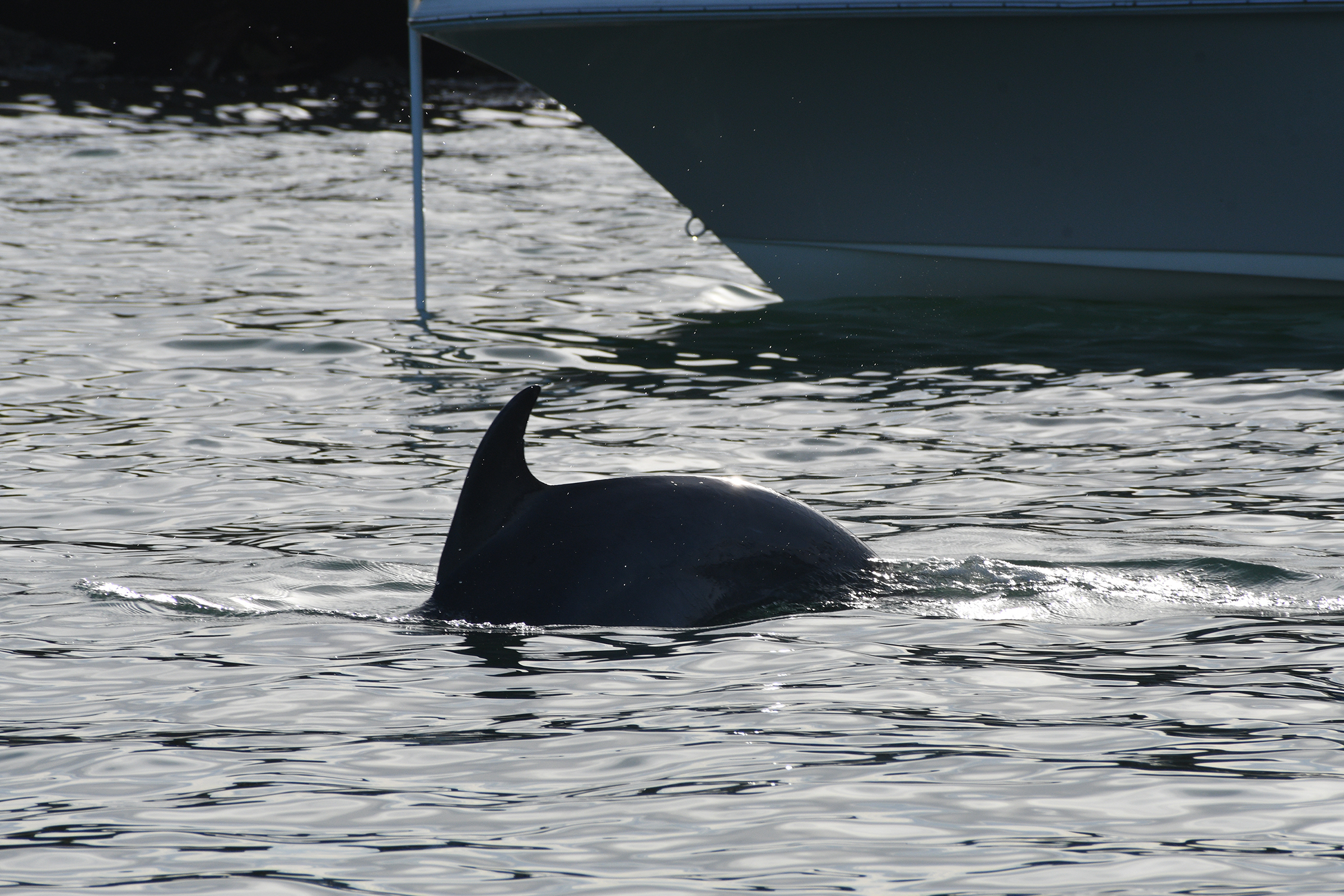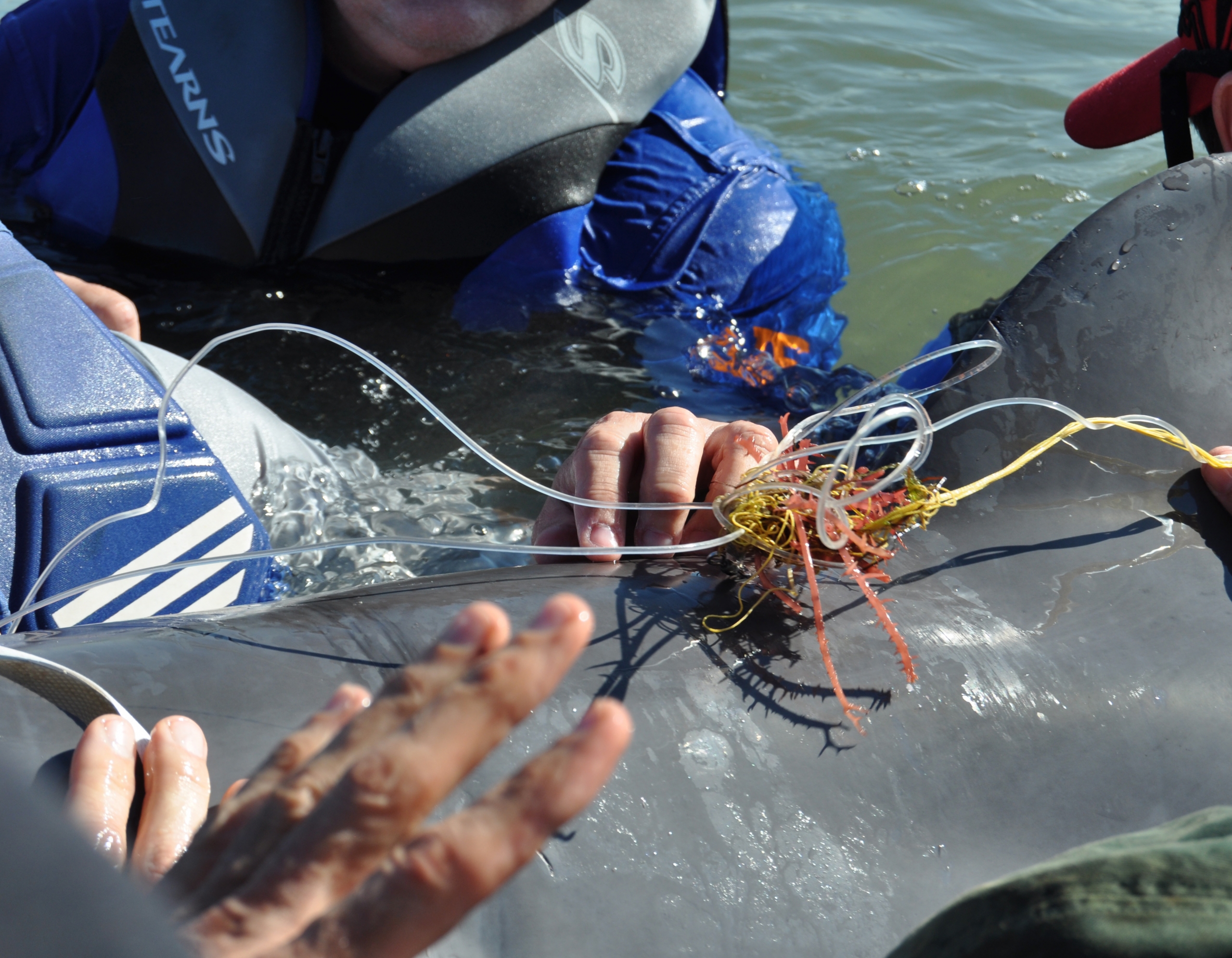Tips on how you can help keep wild dolphins safe
Make Your Labor Day Boat Trip a Labor of Love
Nadine Slimak2023-08-31T12:17:35+00:00As we approach the Labor Day holiday this weekend, why not make it a labor of love for dolphins (and other wildlife) by doing a few simple things to help protect them and their environment? It’s as easy as: Stashing your trash: If you’re heading to the beach or out on the water, be











